English School 18th Century The Eruption of Vesuvius in 1794 with British Ships as Witness - Awaiting the French Naval Attack Signed C. Magnus (ll) Oil on canvas 30 x 40 inches (76.2 x 101.6 cm) During the 1790s, Great Britain was at war with Revolutionary France. In July 1793, the Royal Navy occupied the French Mediterranean port of Toulon, which it held until December of the same year, when the French retook the city. The British fleet then withdrew to Naples, whose king, Ferdinand IV (later Ferdinand I of the Two Sicilies), allowed the British to use the port as a naval station. Thus, part of the fleet was anchored in the Bay of Naples in June 1794 when Mt. Vesuvius erupted. This was a spectacular event that not only blew clouds of steam and rock into the air, but also sent streams of lava down the mountain into the sea, destroying the town of Torre del Greco. This view, the sketch for which must have been made from on the water, shows the British fleet lit from behind by the volcano. The first-rate ship of the line anchored at the right bears a close resemblance to the Victory, later to be Admiral Nelson's flagship at the Battle of Trafalgar.
In general the painting is in sound condition; it was glue-relined quite some time ago, possibly as long ago as the late 19th century. There are also four patched holes visible from the back. On the front, there is a flake of paint missing from the billow of smoke in the sky in the upper left quadrant of the canvas (at about 10 o'clock--you can see it in the photograph); there is another flake missing from the yard-arm tilted downward to the left on the first-rate ship of the line anchored at the right. There is also a tiny dent in the lower right corner. Stretcher marks visible. There are several surface scrapes (these too are visible in the photograph) in the sky above the rigging of the ships at the left, and also above the ship at the right. These appear to be confined to the varnish layer. The varnish is very shiny and shellac-like. Condition commensurate with age. Examination by black light shows scattered inpainting throughout, but especially in the gray billow of smoke above and to the left of the rigging of the first-rate ship of the line anchored at right. This, too, can be seen fairly clearly in the photograph.
English School 18th Century The Eruption of Vesuvius in 1794 with British Ships as Witness - Awaiting the French Naval Attack Signed C. Magnus (ll) Oil on canvas 30 x 40 inches (76.2 x 101.6 cm) During the 1790s, Great Britain was at war with Revolutionary France. In July 1793, the Royal Navy occupied the French Mediterranean port of Toulon, which it held until December of the same year, when the French retook the city. The British fleet then withdrew to Naples, whose king, Ferdinand IV (later Ferdinand I of the Two Sicilies), allowed the British to use the port as a naval station. Thus, part of the fleet was anchored in the Bay of Naples in June 1794 when Mt. Vesuvius erupted. This was a spectacular event that not only blew clouds of steam and rock into the air, but also sent streams of lava down the mountain into the sea, destroying the town of Torre del Greco. This view, the sketch for which must have been made from on the water, shows the British fleet lit from behind by the volcano. The first-rate ship of the line anchored at the right bears a close resemblance to the Victory, later to be Admiral Nelson's flagship at the Battle of Trafalgar.
In general the painting is in sound condition; it was glue-relined quite some time ago, possibly as long ago as the late 19th century. There are also four patched holes visible from the back. On the front, there is a flake of paint missing from the billow of smoke in the sky in the upper left quadrant of the canvas (at about 10 o'clock--you can see it in the photograph); there is another flake missing from the yard-arm tilted downward to the left on the first-rate ship of the line anchored at the right. There is also a tiny dent in the lower right corner. Stretcher marks visible. There are several surface scrapes (these too are visible in the photograph) in the sky above the rigging of the ships at the left, and also above the ship at the right. These appear to be confined to the varnish layer. The varnish is very shiny and shellac-like. Condition commensurate with age. Examination by black light shows scattered inpainting throughout, but especially in the gray billow of smoke above and to the left of the rigging of the first-rate ship of the line anchored at right. This, too, can be seen fairly clearly in the photograph.

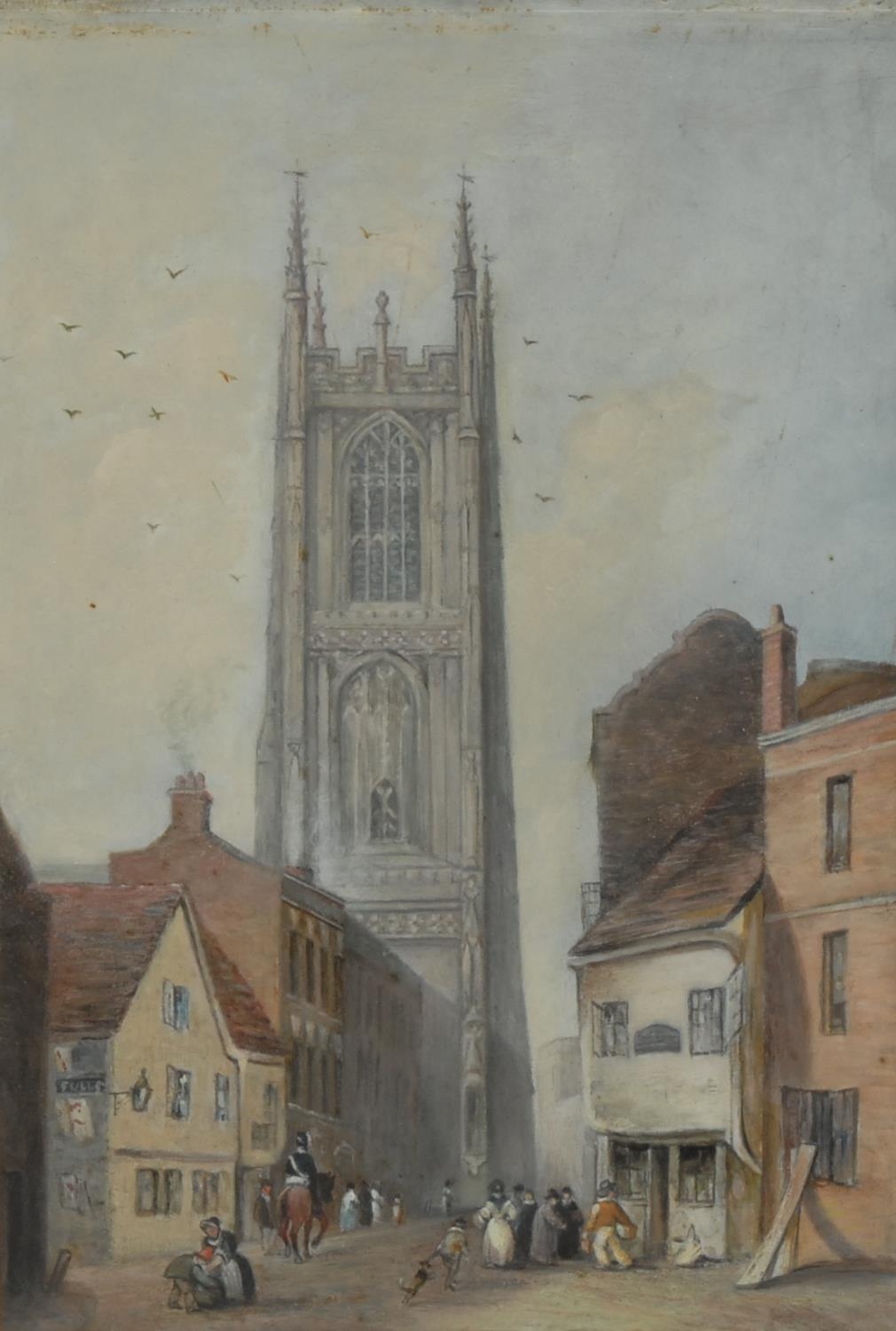
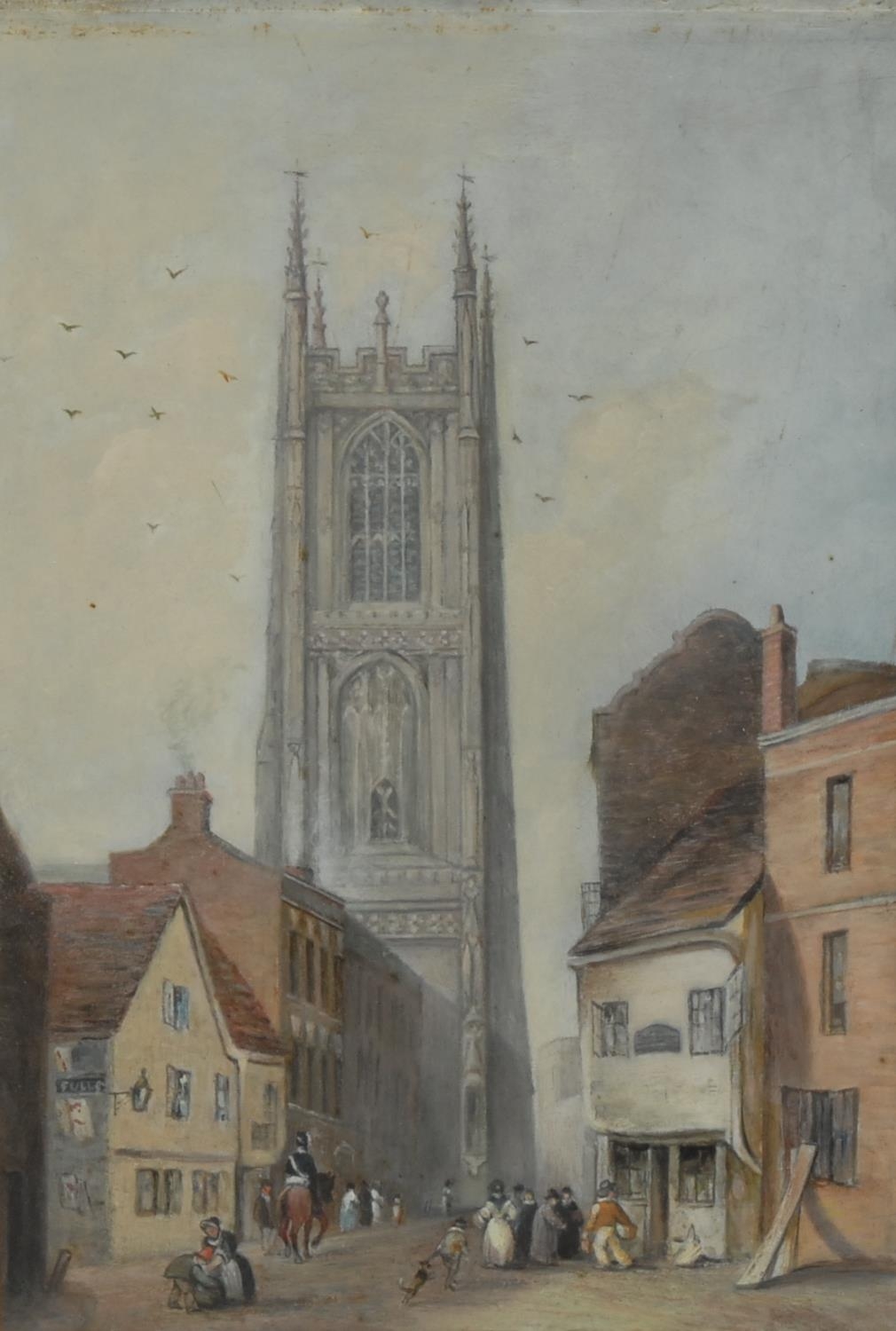
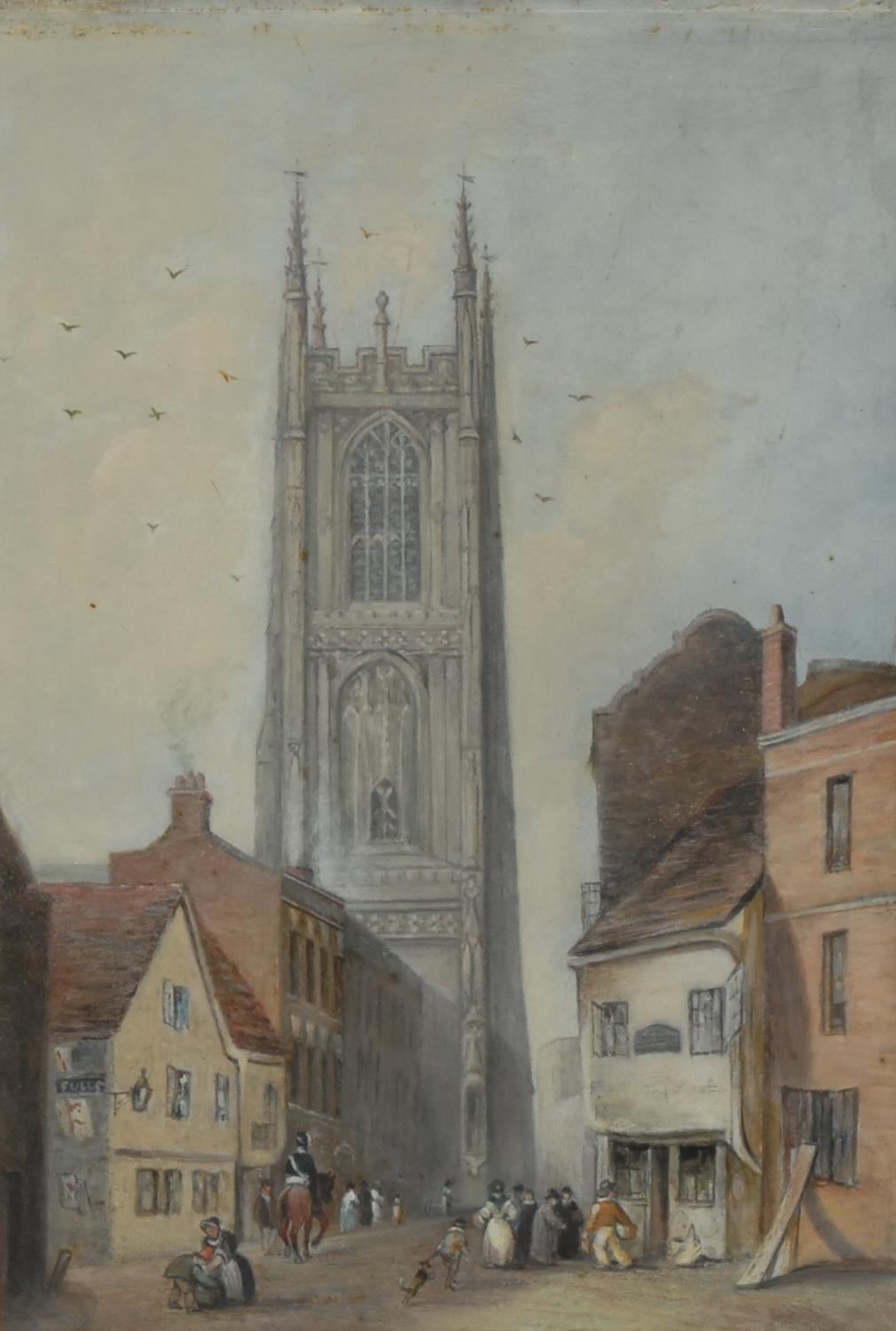




.jpg)

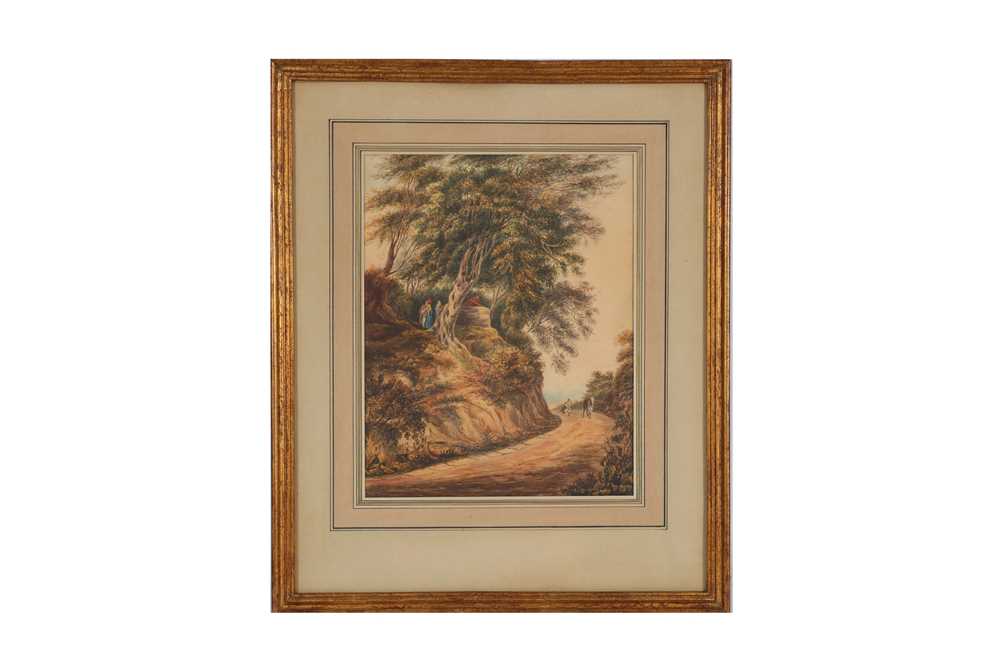
.jpg)
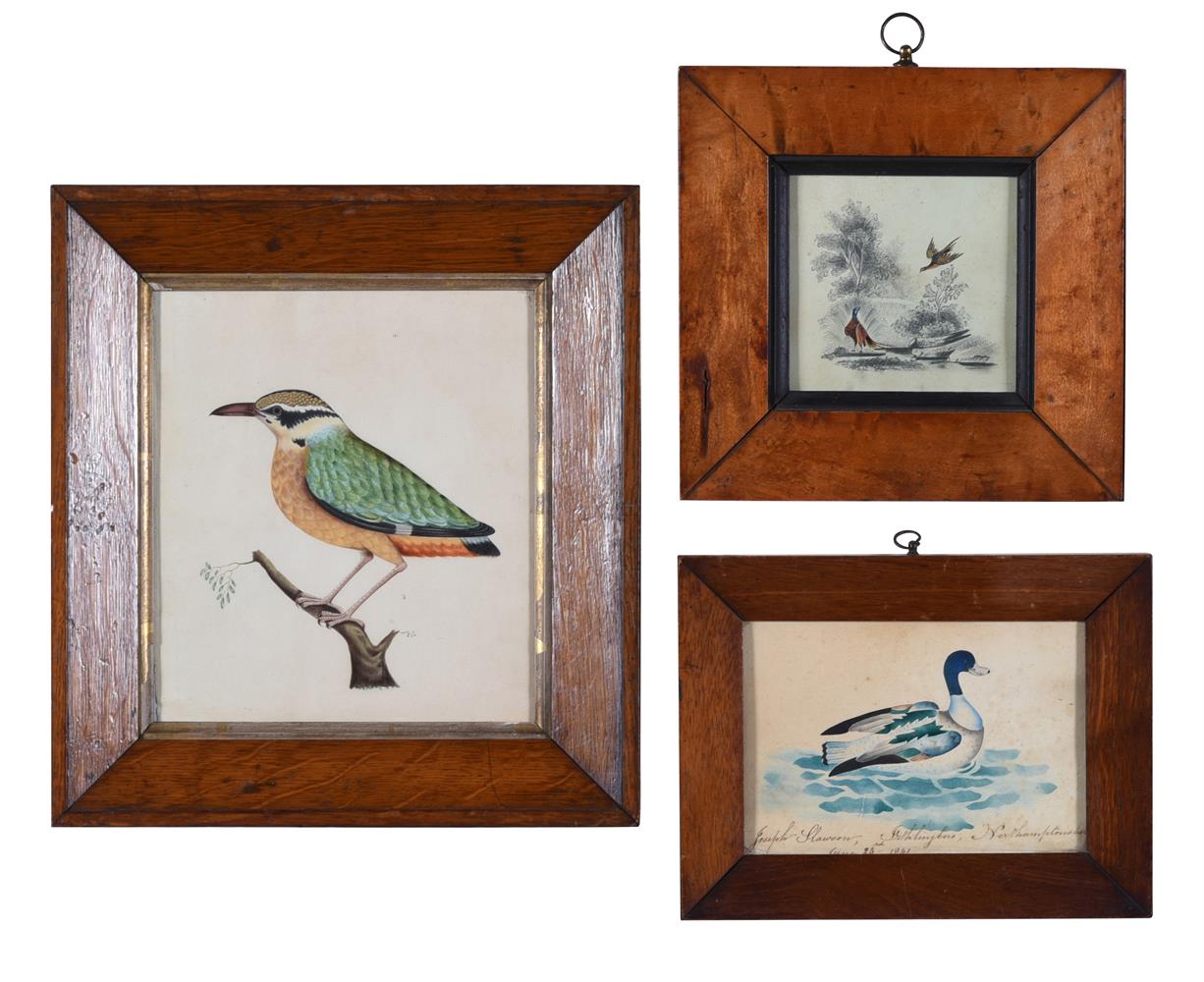

Testen Sie LotSearch und seine Premium-Features 7 Tage - ohne Kosten!
Lassen Sie sich automatisch über neue Objekte in kommenden Auktionen benachrichtigen.
Suchauftrag anlegen